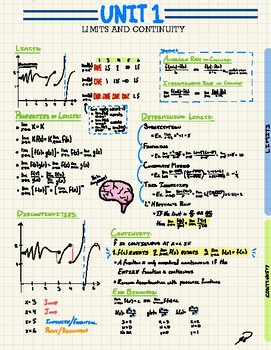Table of Contents
- AP Calculus BC Review | Quizizz
- 2018 AP Calculus BC Free Response Question #2 - YouTube
- AP Calculus BC Units 8 MC Practice Questions for Review | Course Hero
- AP Calc Unit 1- Limits Summary sheet : r/APStudents
- AP Calculus BC exams: 2008 1 b&c | AP Calculus BC | Khan Academy - YouTube
- AP AB/BC Calculus Study Guide by Paula Hung | TPT
- Unit 8 Review Practice Problems - AP Calc BC se... 4.pdf - WebAssign is ...
- AP Calculus BC - Unit 4 Study Guide #11 - YouTube
- AP Calculus BC Curriculum Bundle for Units 8 -10 by Joan Kessler
- AP Calculus AB / BC powerpoints - Mathboat - Best AP Calculus Exam Prep



Introduction to Integration Techniques



Substitution Method



Integration by Parts
Integration by parts is another essential technique in AP Calculus BC. This method involves integrating the product of two functions by differentiating one function and integrating the other. The video review covers the integration by parts formula and provides step-by-step examples to illustrate its application. Students can learn how to choose the correct functions to differentiate and integrate, as well as how to apply the formula to solve a variety of problems.
Integration by Partial Fractions
Integration by partial fractions is a technique used to integrate rational functions. This method involves decomposing the rational function into simpler fractions, which can then be integrated separately. The live review video provides a detailed explanation of the partial fractions method, including how to set up the decomposition, find the unknown coefficients, and integrate the resulting fractions. In conclusion, mastering integration techniques is a critical component of success in AP Calculus BC. The "2022 Live Review 1 | AP Calculus BC | Integration Techniques" video on YouTube offers a comprehensive review of the essential techniques, including substitution, integration by parts, and integration by partial fractions. By watching this video and practicing the examples and problems provided, students can gain a deeper understanding of these techniques and improve their chances of success on the AP exam. Whether you are a student looking for additional support or a teacher seeking resources to supplement your instruction, this live review is an invaluable resource that can help you achieve your goals in AP Calculus BC.Watch the 2022 Live Review 1 | AP Calculus BC | Integration Techniques video on YouTube to learn more about integration techniques and start mastering AP Calculus BC today!
Note: Replace [video_id] with the actual video ID from YouTube.